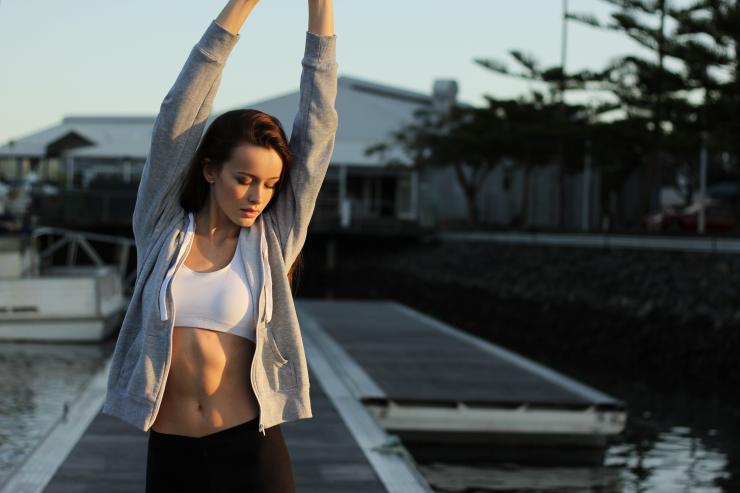Stretch the effectiveness of your workout

We’ve all heard that you should warm-up before a workout, but according to sports medicine experts at Baylor College of Medicine, oftentimes stretching is misinterpreted as a warm-up, and a proper warm-up before exercise that includes dynamic stretches is most beneficial.
“Dynamic warm-up programs have been shown to prevent injuries,” said Dr. Theodore Shybut, sports medicine expert and assistant professor of orthopedic surgery at Baylor. “The real key for athletes is learning an appropriate warm-up routine for their sport and incorporating it into their training.”
A proper warm-up to exercise is done by using dynamic movements that ramp up in intensity and eventually mimic the activity you will be participating in, according to Meghan McKay, athletic trainer with Baylor.
“Warm-ups should focus on warming up the body for your activity,” said McKay. “When the warm-up is complete, you should have an increased heart rate and be breaking a sweat.”
According to Shybut, warm-ups should be tailored to sports demands.
For example, if you’re playing soccer, a typical warm-up should include walking lunges, side squats, walking toe touches, ball touches, gradual springs, backpedals and shuttles. Baseball pitchers and other throwers need to activate their core, rotator cuff, periscapular and shoulder girdle, as well as arm and forearm muscles.
Ideally, you should warm up and cool down all body parts. If you’re limited on time, focus on those that are primarily used for the activity and do the next closest body part secondarily, said McKay.
After exercising, focus on long, slow stretches for each major body part. The best approach is to go slowly into the stretch, hold for 20 to 30 seconds and repeat three to five times per body part and side. When cooling down, you should go into the stretch until you feel discomfort, not pain. If repeating the same stretch three to five times, you should be able to get a little further into the stretch than the previous time. If you aren’t feeling the stretch, find a modified version or different stretch for the same body part.
“Don’t forget to stretch your upper body and back if you’re doing lower extremity activities like running or lifting,” said McKay.










